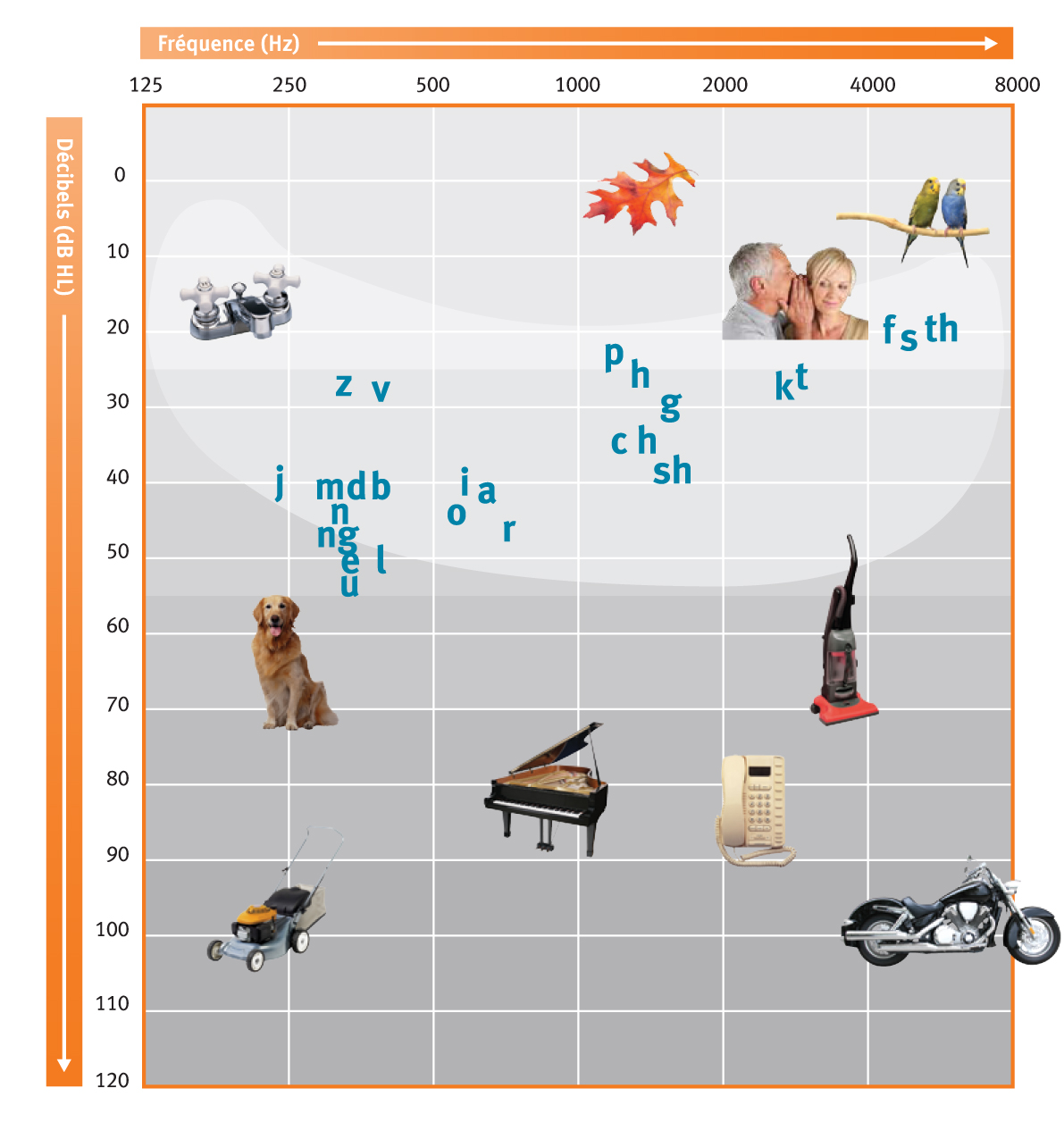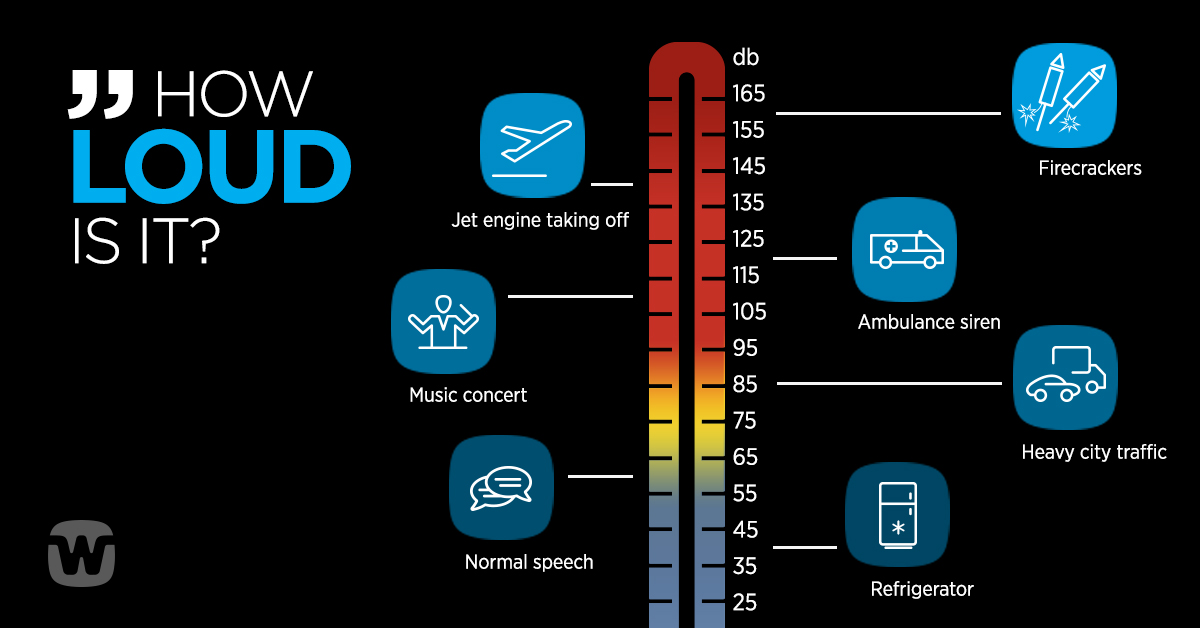There are more than 500 million people suffering from hearing loss worldwide. Hearing loss affects patients in many ways. Over time, it can lead to anxiety, depression, isolation, and loneliness. In children, it can result in behavioral problems, social problems, and academic challenges. Therefore, intervention for hearing loss must be done promptly to minimize its negative impact on patients.
- Do others comment that the TV volume is too loud?
- Can you have a difficulty hearing the doorbell or the telephone ringing?
- Do you have trouble following conversations in crowded or noisy settings?
- Do people seem to mumble and not speak clearly during conversation?
- Do people tell you that you speak too loudly?
- Do you frequently ask people to repeat themselves?
If you answered yes to any of these questions, there is a chance that you may have some degree of hearing loss, and we recommend that you visit our clinic to have a hearing test.
The main function of the outer and middle ear is to boost the sound and conduct it to the inner ear, where the sensory cells are present within the sensory organ of hearing that is called “The cochlea”. These cells generate the neural signals that are transmitted through the auditory nerve and the central pathways to the brain.
Conductive hearing loss (CHL): The main function of the outer and middle ear is to boost the sound and conduct it to the inner ear, where the sensory cells are present within the sensory organ of hearing that is called “The cochlea”. These cells generate the neural signals that are transmitted through the auditory nerve and the central pathways to the brain.
Sensorineural hearing loss (SnHL) happens when the disorder affects the sensory cells within the cochlea or the neural pathways. In this case, sound transmission through the outer and middle ears is ok, but the inner ear and/or the neural pathways are less efficient in perceiving the signal. This type of hearing loss is usually due to damages to the sensory cells within the cochlea or damages to the fine nerve endings of the auditory nerve. These patients usually have difficulty with sound intensity and sound quality that might affect their ability to understand speech. Hearing aids are typically used for these patients. Modern technology in hearing aids doesn’t only help in amplifying the sound, but it does help also in improving the listening quality to maximize the speech understanding and experience more natural quality of hearing.
Mixed hearing loss is a term used to describe the simultaneous occurrence of conductive and sensorineural hearing loss. Treatment options for this type of hearing loss can include medical procedures and the use of hearing aids.
An audiogram is used to record and display hearing thresholds, which are the softest levels at which a sound (or speech) is audible to the listener.
The top axis depicts frequency (or what we perceive as pitch). Frequency increases as moving from left to right. This ranges from low pitches (i.e., vowel sounds) to high pitches (i.e., consonant sounds such /S/, /SH/, /TH/ sounds). More specifically, the frequency range of 250 Hz through 8000 Hz is tested during a typical hearing evaluation. These frequencies are most important for speech because most speech sounds fall somewhere within this frequency range.
The side axis depicts intensity (or what we perceive as loudness). Intensity increases as moving from top to bottom. This ranges from soft sounds (i.e., a whisper) to very loud sounds (i.e., a jet engine). “Normal hearing” refers to hearing thresholds at or below 20 dB. In other words, if a sound is present at 0 – 20 dB, normal hearing individuals should hear it. If the person needs more volume than 20 dB to hear the sound, then some degree of hearing loss can be present.

Different levels of hearing loss are referred to as degrees, depending on the severity of the loss.

There are many causes for hearing loss, such as:
- Heredity factors.
- Illness and some viral diseases.
- Reaction to medications.
- Physical injury.
- Earwax.
- Aging factors.
- Noise exposure.
Sound is a vibration that propagates as a mechanical wave of pressure in medium (such as air, water, or steel). The loudness of sound is measured in units called decibels (dB). A decibel expresses the relative intensity of sound on a scale from 0 to 120 dB.
- 0 dB is the softest sound pressure level that average people can hear.
- 100 dB is the level which most people find uncomfortably loud.
- Normal speech level is around 60 to 65 dB.
The sensory cells in the inner ear are very sensitive. Hearing can be damaged if a person is exposed to noise level louder than 85 dB for long time (More than 8 hours, repeatedly). In fact, louder noises can damage hearing in a much shorter time, or even instantly! This usually happens to those who work at noisy environments (such as factories) and to those who often listen to loud music.

